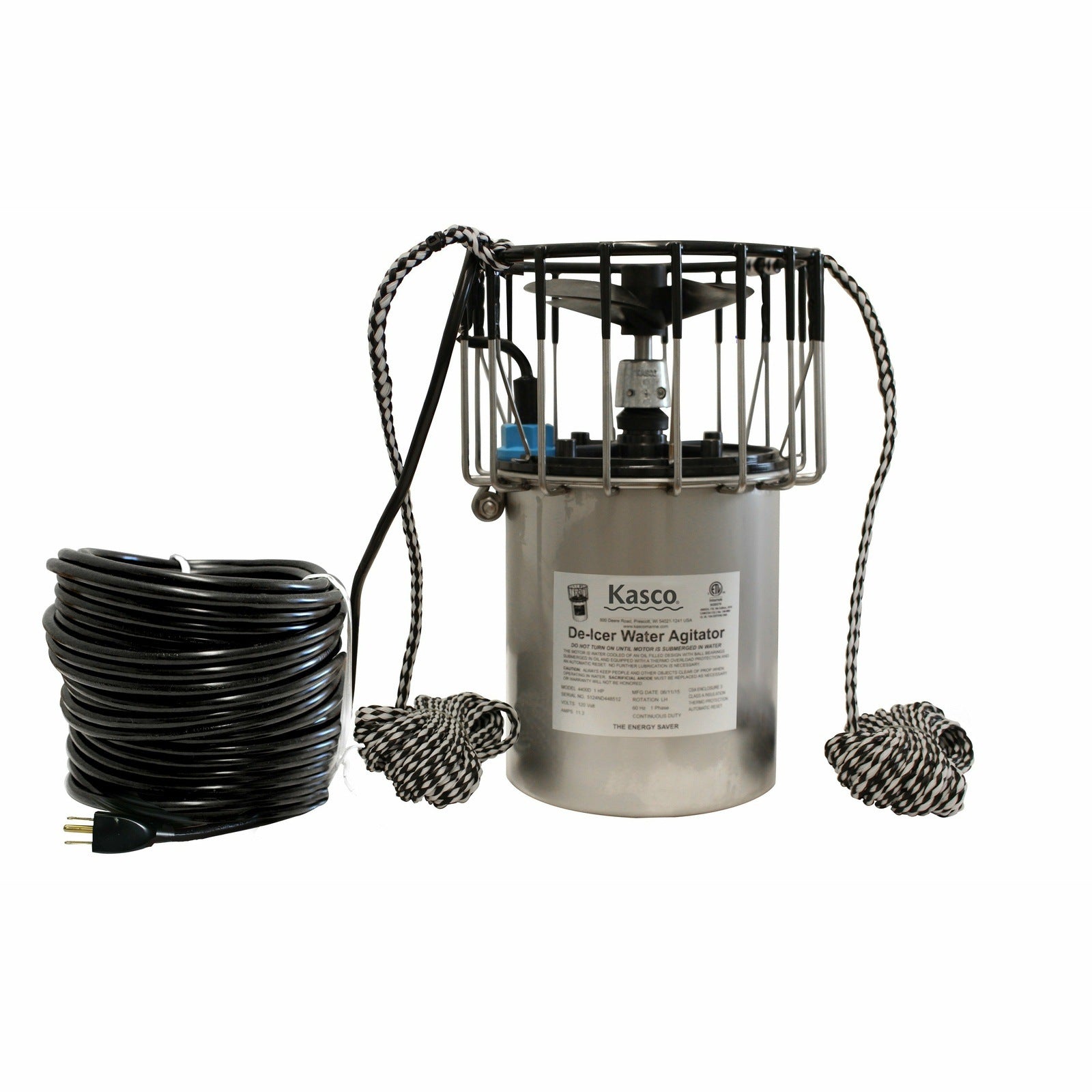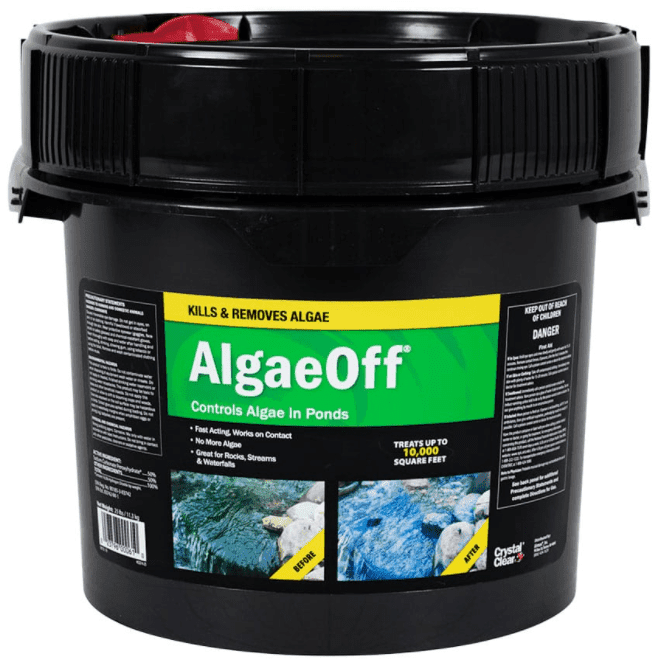Freshwater frogs are among the most fascinating and ecologically important animals in the ponds, streams, wetlands and marshes across North America. Their life cycles link water and land, their calls fill nights and springs, and their presence (or absence) can tell us much about environmental health. This blog explores who they are, where they live, how they survive, threats they face and why they matter, especially for pond keepers, conservationists and nature lovers alike.
What Are Freshwater Frogs?
Freshwater frogs are amphibians (order Anura) that spend significant parts of their life in water: eggs are laid in water, tadpoles live there, and adults often depend on aquatic or semi‐aquatic environments for breeding, feeding or shelter. Many species require both aquatic and terrestrial habitats at different life stages.
They are not all the same. Differences include:
- size (from tiny tree‐frogs to large bullfrogs)
- skin texture (smooth, warty, or ridged)
- toe webbing (some are strong swimmers; others only modestly)
- modes of breathing during their lifecycle (tadpoles using gills, adults lungs/skin)
- color and pattern (for camouflage or signalling)
Major Species and Their Habitats
Here are some standout freshwater frogs found across North America, with their special features and preferred homes.
|
Species |
Key Features |
Typical Habitats |
|
American Bullfrog (Lithobates catesbeianus) |
Among the largest; loud deep calls often heard across ponds. Males have large tympanum (ear discs) and yellowish throat. |
Permanent water bodies: lakes, large ponds, sluggish streams; shores, sometimes man‐made water bodies; prefers warm, still or slow‐moving water. |
|
Northern Leopard Frog (Rana pipiens) |
Greenish or brown with large dark oval spots (with light border), long hind legs; sensitive to habitat change. |
Marshes, wetlands, permanent & temporary pools, stream edges; needs emergent vegetation; adults often travel into upland foraging areas. |
|
River Frog (Lithobates heckscheri) |
Large size, rugged skin compared to some ranids; strong swimmer; well‐vegetated shores. |
Southeastern US, in lakes, ponds, marshes, swamps, streams; prefers open, thinly vegetated shorelines. |
Life Cycle and Behavior
Freshwater frogs undergo metamorphosis: eggs → tadpoles → adult frogs. Key points:
- Eggs are laid in water: still or slow‐moving, often among aquatic plants.
- Tadpoles feed chiefly on algae or organic debris. Some may consume small aquatic invertebrates.
- Metamorphosis time can vary: where waters are warm they develop faster; in colder or high‐latitude regions development may take much longer.
- Once metamorphosed, they shift to partly or fully terrestrial feeding and movement though many still return or stay near water.
- Adult frogs typically forage at dusk or night; many hide during the day in vegetation or under cover.
Behavior includes calling (male frogs produce sounds to attract mates), territoriality (especially in species like bullfrogs), and migration between aquatic sites and upland areas. Many frogs hibernate in winter, often underwater or in moist secluded terrestrial spots.
Ecological Roles and Value
Freshwater frogs are not just interesting, they are critical to ecosystems and beneficial to humans in many ways:
- They control insects (mosquitoes, flies, etc.), helping reduce pests.
- Tadpoles help with nutrient cycling in ponds by feeding on algae and detritus, cleaning water surfaces and submerged parts.
- Frogs serve as food for birds, reptiles, mammals, and fish. Loss of frogs has ripple effects.
- Their permeable skin and dual life (water/land) make them excellent bio‐indicators: declines often signal pollution, habitat loss or other environmental stress.
Threats Facing Freshwater Frogs
Even though many frog species are hardy, many populations are under pressure. Major risks include:
- Loss or fragmentation of aquatic and wetland habitats through development, agriculture or draining.
- Pollution: pesticides, heavy metals, acidification (especially in water bodies) compromise eggs, tadpoles or adult health.
- Introduction of non‐native species: invasive predators (fish, other frogs) or competitors can reduce breeding success.
- Disease: chytrid fungus and other pathogens have caused declines.
- Climate change: temperature shifts, changing rainfall patterns, drought reduce availability of breeding pools or cause desiccation.
How to Support Freshwater Frogs (Especially for Pond Owners or Nature Enthusiasts)
If you have a pond or are involved in habitat stewardship, there are several actions that help:
- Maintain clean water; avoid runoff of chemicals, fertilizers or pollutants.
- Provide submerged and emergent aquatic plants; they offer shelter for tadpoles, places for eggs to attach.
- Ensure there are shallow littoral zones (gradual slopes) so juveniles can warm up and adults can enter/exit easily.
- Avoid introducing predatory fish if you want frog populations; they can eat eggs, tadpoles.
-
If possible preserve or restore adjacent uplands; frogs need upland habitat for foraging, resting and dispersal.
Conservation Status
Across North America many frog species are in decline; some are regionally extirpated. Conservation categories differ by region but include "species of concern", "threatened" or endangered. Efforts such as habitat protection, disease monitoring, reintroduction and public education are important. Monitoring frog calls, population surveys and water quality are all tools used by conservationists.
FAQs
How can I tell a frog from a toad in freshwater habitats?
There is no sharp scientific distinction; both are amphibians. But commonly “toads” have drier, bumpier or warty skin, shorter legs and are more land‐oriented. Freshwater frogs often have smoother skin, longer hind legs and need water bodies for breeding and development.
When is frog breeding season in North America?
It depends on species and region. In many northern areas, breeding starts in early spring as temperatures rise (March‐May). In warmer southern areas, breeding may begin earlier and extend later into the year. Some species breed in temporary pools that appear after rains.
Do all freshwater frogs stay in water all their lives?
No. While eggs and tadpoles are aquatic, adults of most species spend at least part of their time in terrestrial or semi‐terrestrial habitats. Some, like certain tree frogs, may spend time away from water, but must return for reproduction. Only in very few cases are adult frogs almost always aquatic, though still needing air and suitable habitat.
Can I keep freshwater frogs in a garden pond?
Yes, with care. Key factors: water quality, absence of harmful chemicals, proper vegetation, safe entry and exit points, minimizing predatory fish or pests. Also prevent the pond from drying completely if that species needs permanent water. Local regulations or permits might apply for some species.
Why are frogs disappearing even if a pond looks healthy?
Visible pond health is only part of the picture. Pollution may affect water chemistry, UV or temperature shifts may stress eggs or tadpoles. Diseases can spread silently. Surrounding land use may fragment habitat; introduction of invasive predators may reduce survival. Even small chemical runoff upstream can affect frogs downstream.
Conclusion
Freshwater frogs are a thread that connects water, land, plants, insects and people. Wherever there are ponds, slow veins of streams, marshes or wetlands, frogs are likely involved in keeping things in balance. Recognizing the diversity of species, understanding their habitat requirements and taking simple conservation steps can help ensure they continue to thrive. For anyone with a pond or passion for nature, even small efforts add up.













